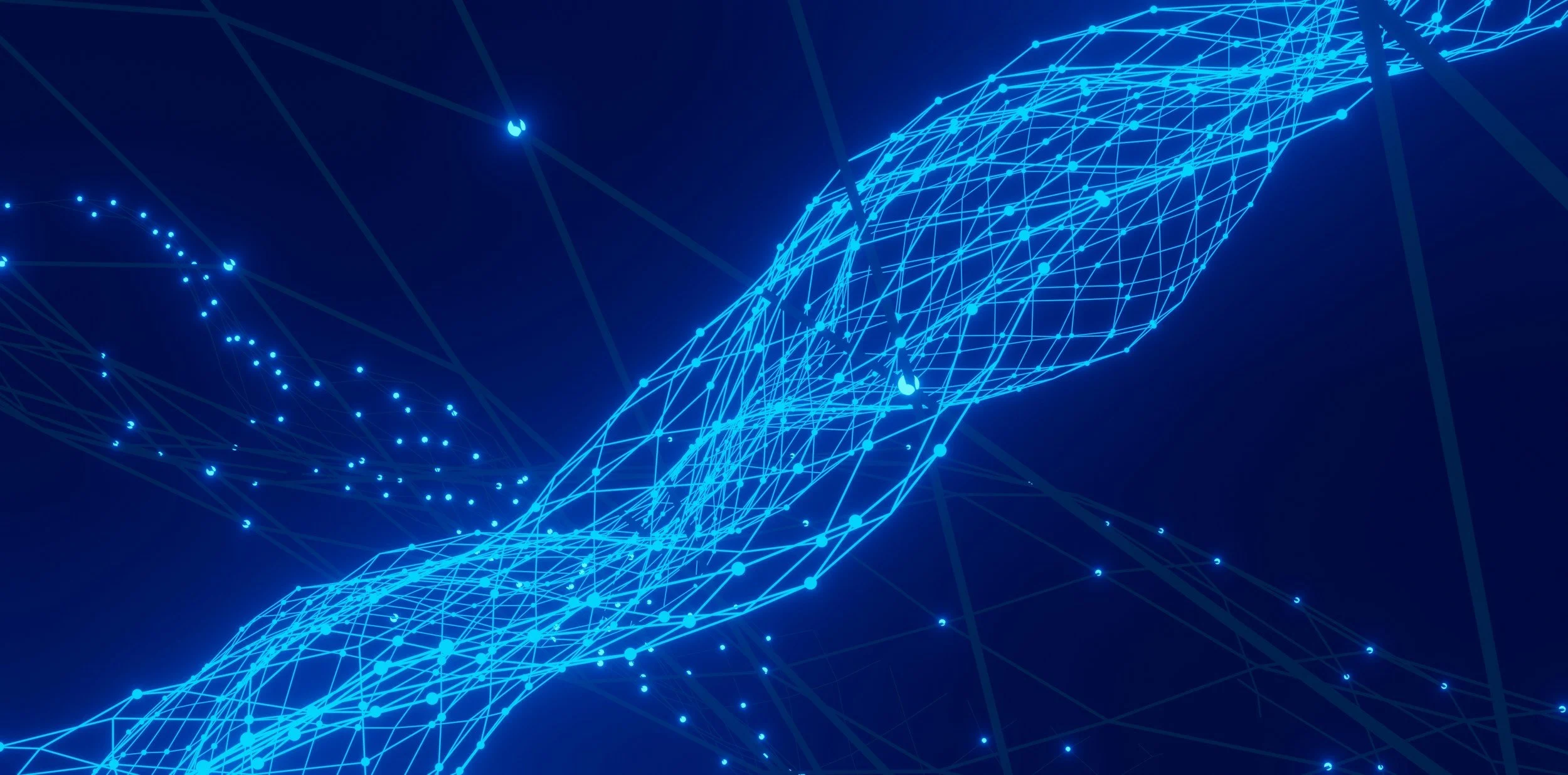Art, Action, and Science
The SAGE Methodspace focus for December 2022 is on Creative, Arts-Based, and Visual Methods. This collection of open-access journal articles offers different perspectives for using the arts across disciplines, in all phases of the research process. While some discuss creative ways to collect data, others look at ways to share findings.

See these special issues: “Action Research and the Arts” and “Action Research and Indigenous Ways of Knowing” from the open-access Canadian Journal of Action Research
Ellison, A.M., LeRoy, C.J., Landsbergen, K.J., Bosanquet, E., Borden, D.B., CaraDonna, P.J., Cheney, K., Crystal-Ornelas, R., DeFreece, A., Goralnik, L., Irons, E., Merkle, B.G., O'Connell, K.E.B., Penick, C.A., Rustad, L., Schulze, M., Waser, N.M. and Wysong, L.M. (2018), Art/Science Collaborations: New Explorations of Ecological Systems, Values, and their Feedbacks Bull Ecol Soc Am, 99: 180-191. https://doi.org/10.1002/bes2.1384
Collaborations between artists and scientists have a long history. In recent years, artists have joined with ecologists to showcase biodiversity, links between biodiversity and ecosystem function, and the effects of human activities on the broader environment. In many cases, artists also have provided “broader impacts” for ecological research activities, communicating scientific findings in creative and novel ways to audiences much broader than the readership of our technical journals.
Petersen, K. L., Leshyk, V. O., Marks, J. C., & Hungate, B. A. (2020). Science-telling through art. Frontiers in Ecology and the Environment, 18(3), 115-115. https://doi.org/https://doi.org/10.1002/fee.2186
The stakes for responsible, compelling science art have always been high (an illustrator better get the number of chambers in the heart right) but in recent years they have grown higher. Global environmental challenges require our research to move beyond journal pages and poster halls, while outside these venues (eg on Twitter) the noise-to-signal ratio has steepened. Every figure, whether a thoughtfully rendered close-up of mycorrhizal partners at root tips or a misleadingly binned histogram, now has the potential to reach hundreds of thousands of readers and decision makers. Art can boost science's signal.
Schroeter, I. M., Forrester, C. C., Brigham, L. M., Fried, E. R., Grabenstein, K. C., Karban, C. C., & McDermott, M. T. (2019). Diverging from the Dogma: A Call to Train Creative Thinkers in Science. The Bulletin of the Ecological Society of America, 100(1), e01463. https://doi.org/https://doi.org/10.1002/bes2.1463
Science is an inherently creative process at each step, from synthesizing literature, identifying knowledge gaps, designing robust studies, to troubleshooting in the field (Osborne et al. 2003, Hadzigeorgiou et al. 2012). Creative thinking in the context of science has been defined in many ways, but we use Hadzigeorgiou et al.'s (2012) definition for the purposes of this piece – scientific creative thinking is an imaginative process that incorporates content-based knowledge to generate novel ideas.
More Methodspace Posts about Creative and Arts-Based Methods
With 2025 ending, you may be thinking about reviewing your research progress and preparing for the upcoming year. If you don’t know where to start, here are some suggestions on organizing your work and planning for 2026.
Whether you’re tackling a systematic review for your own research project, or supporting students, this recent Sage Campus webinar is an essential watch.
Dr Gemma Cherry and Dr Michelle Maden, co-authors of Doing a Systematic Review: A Student’s Guide, break down the rigorous process into 10 clear, manageable steps. You’ll learn the difference between systematic and scoping reviews, the critical need for a registered protocol, and how to craft a focused question using frameworks like PICO.
Rapid advancements in Artificial Intelligence have instigated introspection across the data visualisation field. Though swathes of AI discourse are characterised by hype and gimmickry, if you cut through the noise, it’s clear we are facing a significant new era of technological progress. It’s time to evolve, or die, as the saying goes. But what should our relationship with AI be, particularly with generative AI? To what extent could our authentic craft be usefully augmented by an artificial one?
Publishing your research Open Access (OA) ensures that it reaches the widest possible audience — freely and immediately. This guide walks you through what OA means, its key benefits, and how Sage’s flexible publishing options help researchers share their work responsibly, increase visibility, and meet funder or institutional requirements.
We’re excited to share that Research Methods - part of the 'Research Skills Toolkit' - has been updated to reflect today’s research landscape. Discover brand new content on Gen AI, Data Literacy and more – designed to support researchers with the skills they need in their careers.
In this guest post, Sage author Carol Rivas explores the current AI capabilities for researching society and culture.
There are some perennial challenges to doing a research project that all of us have faced: formulating a research question, wrestling with paradigmatic assumptions, keeping on track of a multi-year project. The Essential Guide to Doing Your Research Project has been helping students (and supervisors) for more than 20 years. But in a post-pandemic world with the transformations being wrought by artificial intelligence, datafication, and the rise and fall of social media platforms, there are new challenges facing researchers.
Publishing is just the start. Promote your article the year it’s released to boost visibility, citations, media coverage, and career impact. From CV updates to conference invites, early promotion ensures your work stays relevant and reaches the right audience.
Each year, Sage Research Methods (SRM) evolves to reflect the shifting landscape of research practice. The 2025 updates are no exception—bringing fresh perspectives, timely topics, and practical tools to support researchers at every stage of their journey. Here’s a look at what’s new, and why it matters.
These seven lessons will help you transform your dissertation into a published research article.
Epigeum team has launched the US edition of Research with Impact: Creating Meaning and Value - find out how the program can help your institution promote a culture of broader impact and train your researchers to embed it throughout their research journey.
While progress has been made, social and systemic biases continue to produce inequities in scholarly reference lists, citational indexes, and even journal metrics. This guidance outlines steps that researchers can take toward achieving more inclusive and equitable scholarly citational practice.
As part of our ongoing commitment to delivering high-quality online learning, we are excited to announce a series of updates to our Sage Campus courses! These enhancements are designed to support academic success by providing practical resources and empowering learners at every stage of their academic journey.
Last month Sage hosted an exclusive webinar with the JASP founder, Eric-Jan Wagenmakers, and fellow JASP creator Johnny van Doorn. Based at the University of Amsterdam, these renowned experts introduced the world of teaching statistics using JASP.
Interviews with this year's winners of Sage's 10-year-impact award, Elo Satu and Helvi Kyngäs.
We are thrilled to announce the launch of the Research Design and Planning video collection, a powerful new resource designed to equip researchers with the essential tools and insights to craft high-impact research projects. Whether you're a student, academic, or professional researcher, this collection is your go-to guide for mastering the art and science of research design.
The editorial team for Sage Research Methods, Sage’s award-winning digital platform, invites proposals for its Datasets format. The successful submissions will be featured in the upcoming Inclusive Research Methodologies collection, launching in 2026.
Watch a free recording of the recent webinar on Data Collection & Analysis by Sage. Presented by Jessica Offenberger and Sean Scarisbrick, this enlightening session equips researchers with essential tools for effective data gathering, analysis, and interpretation.
We are thrilled to announce the launch of our brand-new Data and Research Literacy collection—now live on the Sage Research Methods platform
Deaf scholars are flipping the script in academic publishing—highlighting the power of signed languages, challenging outdated views, and creating space for real representation through the Society of American Sign Language Journal.
Creating an effective abstract is often challenging yet crucial. With 250 words or fewer, authors must make strategic decisions about what to include and exclude, while delivering a clear and focused message that outlines the content of the manuscript. This blog entry illustrates how S.M.A.R.T. principles (specific, measurable, achievable, relevant, and time-bound) can assist academic writers in crafting clear, concise abstracts for manuscripts and research papers.





















